Home>Articles>What Happens If You Plug An Extension Cord Into Another Extension Cord
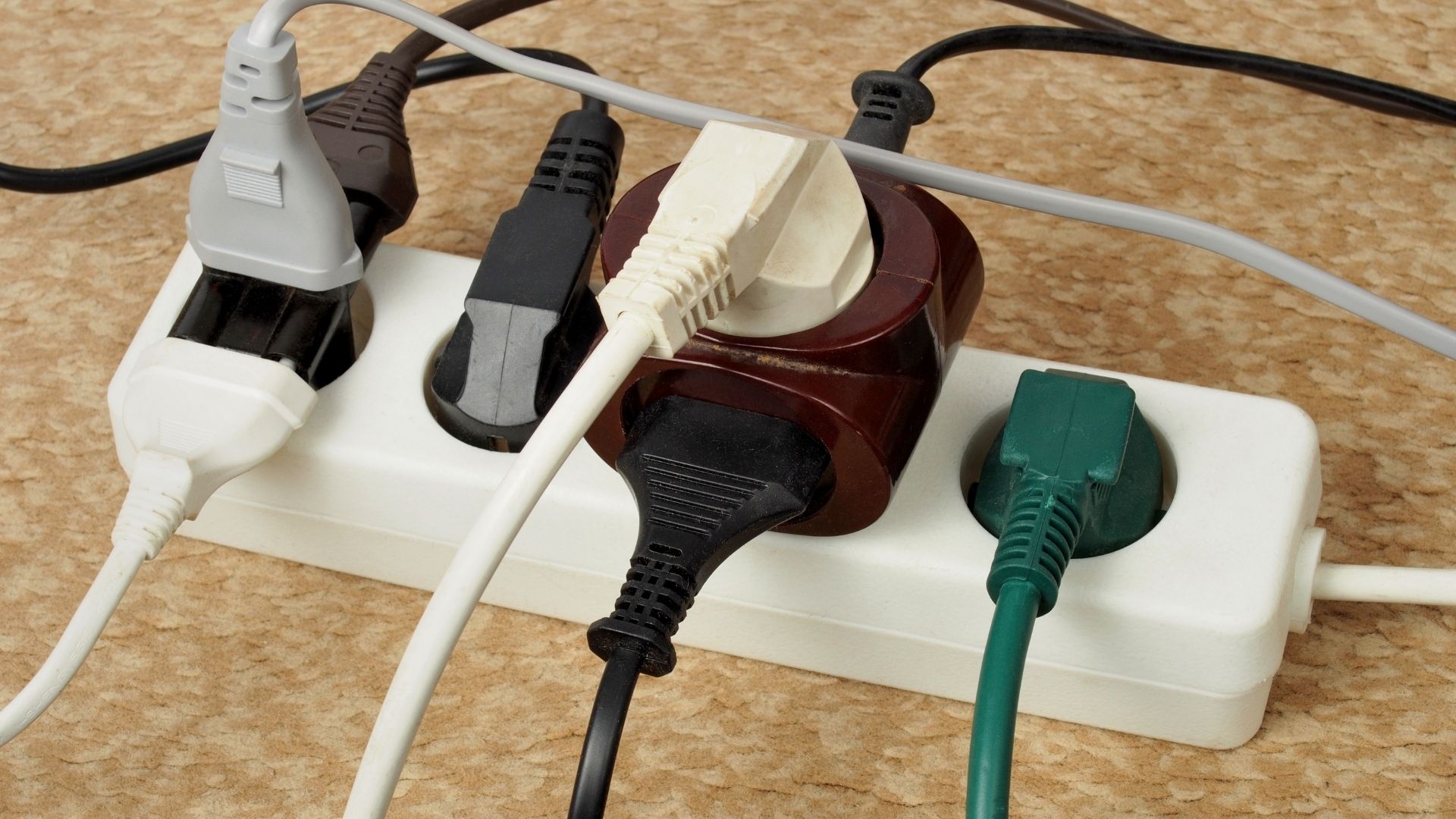

Articles
What Happens If You Plug An Extension Cord Into Another Extension Cord
Modified: January 19, 2024
Discover the consequences of connecting one extension cord to another. Read this informative article to learn the potential risks and hazards associated with this common electrical practice.
(Many of the links in this article redirect to a specific reviewed product. Your purchase of these products through affiliate links helps to generate commission for Storables.com, at no extra cost. Learn more)
Introduction
Extension cords are handy tools that allow us to conveniently power devices and appliances from a distance. They provide flexibility by extending the reach of electrical outlets, making it easier to connect multiple devices in different locations. However, it’s important to understand that using extension cords comes with certain risks, especially when they are not used correctly.
In this article, we will explore the potential dangers of plugging one extension cord into another and why it’s crucial to use these devices properly. By understanding the risks involved, you can protect yourself and your home from potential electrical hazards.
Before we delve into the specifics, let’s take a closer look at what extension cords are and how they function.
Key Takeaways:
- Avoid daisy chaining extension cords to prevent overloading, overheating, and fire hazards. Choose the right cord, inspect for damage, and prioritize safety to minimize electrical risks.
- Use extension cords responsibly, prioritize safety, and consider installing additional outlets for long-term power needs. Protect yourself, your home, and your devices from potential fire hazards and accidents.
Understanding Extension Cords
Extension cords, also known as power extension cords, are electrical cables with one male end (plug) and one female end (socket). These cords are designed to extend the range of electrical outlets, allowing users to connect devices and appliances further away from the power source.
Extension cords come in various lengths and thicknesses, commonly measured in gauge. The gauge determines the cord’s capacity to carry electrical current. The lower the gauge number, the thicker the cord and the more electrical load it can handle. For example, a 14-gauge extension cord is typically used for lighter loads, while a 12-gauge cord is suitable for heavier loads.
It’s essential to choose the right extension cord for the specific power requirements of the devices and appliances you intend to connect. Overloading an extension cord with a higher current than it can handle can result in overheating, voltage drops, and even electrical fires.
Now that we have a basic understanding of extension cords, let’s explore the potential dangers associated with overloading and plugging one extension cord into another.
The Dangers of Overloading Extension Cords
Overloading an extension cord occurs when you connect devices or appliances that require more power than the cord can handle. This is a common mistake that can lead to serious consequences.
When you overload an extension cord, it puts excessive strain on the cord’s wires, insulation, and other components. As a result, the cord can overheat and potentially melt or catch fire. Overloaded extension cords are a leading cause of electrical fires in homes and offices.
In addition to the risk of fires, overloading extension cords can also cause voltage drops. When the electrical current flowing through the cord exceeds its capacity, the voltage supplied to the connected devices will decrease. This can lead to malfunctions, damage to electronic equipment, and reduced performance.
Another danger of overloading extension cords is the increased risk of electrical shock. When a cord is carrying more current than it can handle, the insulation may degrade or wear out, exposing the live wires. Accidental contact with these live wires can result in severe electric shocks, which can be life-threatening.
To avoid these dangers, carefully assess the power requirements of your devices and choose an extension cord with an appropriate gauge and capacity. If you find yourself consistently needing to connect multiple devices at once, it may be time to consider installing additional electrical outlets to meet your needs safely.
Now that we understand the dangers of overloading extension cords, let’s explore the potential risks of plugging one extension cord into another.
Potential Risks of Plugging One Extension Cord into Another
Plugging one extension cord into another, also known as “daisy chaining,” may seem like a convenient solution to extend your power source even further. However, this practice can introduce additional risks and should be avoided whenever possible.
One of the primary risks of daisy chaining extension cords is an increased likelihood of overloading the electrical circuit. Each extension cord has a maximum load capacity based on its gauge and length. When you connect one cord to another, you are essentially extending the length of the circuit. This means that the total load of all the connected devices on both cords is carried through the first cord, potentially exceeding its capacity. This can lead to overheating, voltage drops, and fire hazards.
In addition to the risk of overloading, plugging one extension cord into another can create a tangled mess of cables, increasing the chances of tripping hazards and accidental disconnections. The more cords you daisy chain, the higher the risk. This can be especially dangerous in high-traffic areas or if the cords are not properly secured.
Another concern is the quality and condition of the extension cords involved. Older or damaged cords may have degraded insulation or faulty wiring, which can increase the risk of electrical shocks and fires. When you connect two cords together, you are compounding these potential issues, making it even more critical to ensure the cords are in good condition and suitable for the intended use.
While it may be tempting to plug one extension cord into another to reach a distant power source, it’s essential to consider alternative solutions. Instead, try using a single, long extension cord that is appropriately sized for the devices you need to connect. This will help avoid overloading the circuit and eliminate the risks associated with daisy chaining cords.
In the next section, we will examine the fire hazards and electrical problems that can arise from plugging one extension cord into another.
Never plug one extension cord into another. This can overload the circuit and create a fire hazard. Instead, use a single, heavy-duty extension cord that can handle the power load.
Fire Hazards and Electrical Problems
Plugging one extension cord into another can pose significant fire hazards and electrical problems. These risks stem from the increased load on the cord, inadequate insulation, and potential for overheating.
As mentioned earlier, each extension cord has a maximum load capacity based on its gauge and length. When you daisy chain multiple cords together, the total load of all connected devices can exceed the capacity of the first cord in the chain. This overloading can cause the cord to overheat and potentially melt, leading to electrical fires.
Furthermore, when cords are connected end-to-end, there is an increased chance of poor connections and loose contact points. Loose connections can generate sparks, which can ignite nearby flammable materials, resulting in a fire. The risk of loose connections is further heightened if the cords are not securely fastened or if they are placed in high-traffic areas where they can be accidentally pulled or tripped over.
Inadequate insulation is another concern when plugging one extension cord into another. Over time, the insulation on cords can deteriorate due to wear and tear, exposure to heat, or physical damage. When two cords are connected, any compromised insulation can cause live wires to come into accidental contact with each other or with conductive materials, increasing the risk of electrical shocks and short circuits.
It’s crucial to inspect your extension cords regularly for any signs of damage, such as frayed wires, cracks in the insulation, or exposed conductors. If you notice any of these issues, it is imperative to replace the cord immediately to avoid potential fire hazards and electrical accidents.
To minimize fire hazards and electrical problems, it’s best to use a single, high-quality extension cord that is long enough to reach your desired power source. Ensure that the cord is properly rated for the devices you are connecting, and always follow the manufacturer’s guidelines and safety recommendations.
In the next section, we will emphasize the importance of using extension cords properly to mitigate these risks.
Read more: How To Wire An Extension Cord Plug
The Importance of Using Extension Cords Properly
Using extension cords properly is crucial for ensuring the safety of both you and your electrical devices. By following some essential guidelines, you can minimize the risks associated with extension cord usage and maintain a secure environment in your home or workplace.
First and foremost, always choose the right extension cord for the task at hand. Consider the power requirements of the devices you plan to connect and select a cord that can safely accommodate the load. Refer to the manufacturer’s guidelines or consult with a professional if you are unsure about the appropriate cord to use.
Inspect your extension cords regularly for any signs of damage, such as frayed or exposed wires, cracked insulation, or loose connections. Damaged cords should be replaced immediately to prevent electrical hazards. It’s a good practice to check the cords before each use and store them properly when not in use, away from sharp objects or areas prone to moisture or extreme temperatures.
Avoid overloading extension cords by connecting devices that exceed the cord’s capacity. Overloading can lead to overheating, voltage drops, and potential fires. If you find yourself frequently needing to use multiple extension cords, consider installing additional electrical outlets to accommodate your needs safely.
When using extension cords, make sure they are positioned and arranged in a way that minimizes the risk of tripping hazards or accidental disconnections. Route the cords away from high-traffic areas and secure them with cable ties or clips to prevent them from becoming tangled or pulled. Avoid running extension cords under rugs or carpets, as this can cause overheating and potential fire hazards.
Another important aspect of safe extension cord usage is to never modify or tamper with the cords, plugs, or connectors. Altering the cords or attempting to repair them yourself without proper knowledge and qualifications can lead to electrical malfunctions and dangerous situations. Instead, consult a qualified electrician if any repairs or modifications are necessary.
Lastly, always unplug extension cords by grasping the plug itself rather than pulling the cord. This will help prevent the cord from getting damaged or causing loose connections over time.
By following these guidelines and using extension cords properly, you can reduce the risk of electrical accidents, fires, and damage to your devices. Prioritizing safety when utilizing extension cords is essential for a secure and hazard-free environment.
To wrap up our discussion, let’s summarize the key points we’ve covered in this article.
Conclusion
Extension cords provide us with a convenient way to bring power to various locations, but it’s crucial to use them properly to ensure safety and minimize risks. Plugging one extension cord into another, also known as daisy chaining, can introduce potential dangers and should be avoided whenever possible.
Overloading extension cords, whether through daisy chaining or connecting devices that exceed the cord’s capacity, can lead to overheating, voltage drops, and electrical fires. Additionally, poor connections, inadequate insulation, and tangled cords can increase the risk of accidents and electrical shocks.
To mitigate these risks, it’s important to understand the power requirements of your devices, choose the right extension cord for the task, and regularly inspect the cords for any signs of damage. Avoid overloading the cords, route them safely, and refrain from modifying or tampering with them.
By following these guidelines and prioritizing safety, you can protect yourself, your home, and your electrical devices from potential fire hazards, electrical problems, and accidents.
Remember, extension cords are meant to be temporary solutions, and if you frequently find yourself needing to plug one into another, it may be time to consider installing additional electrical outlets to meet your power needs safely and conveniently.
Stay vigilant, use extension cords responsibly, and prioritize safety in all your electrical endeavors. By doing so, you can enjoy the convenience of extension cords while minimizing the risks associated with their usage.
Now that you’re equipped with the knowledge and understanding of extension cord safety, go forth and confidently use these devices in a way that protects you, your loved ones, and your property.
Frequently Asked Questions about What Happens If You Plug An Extension Cord Into Another Extension Cord
Was this page helpful?
At Storables.com, we guarantee accurate and reliable information. Our content, validated by Expert Board Contributors, is crafted following stringent Editorial Policies. We're committed to providing you with well-researched, expert-backed insights for all your informational needs.
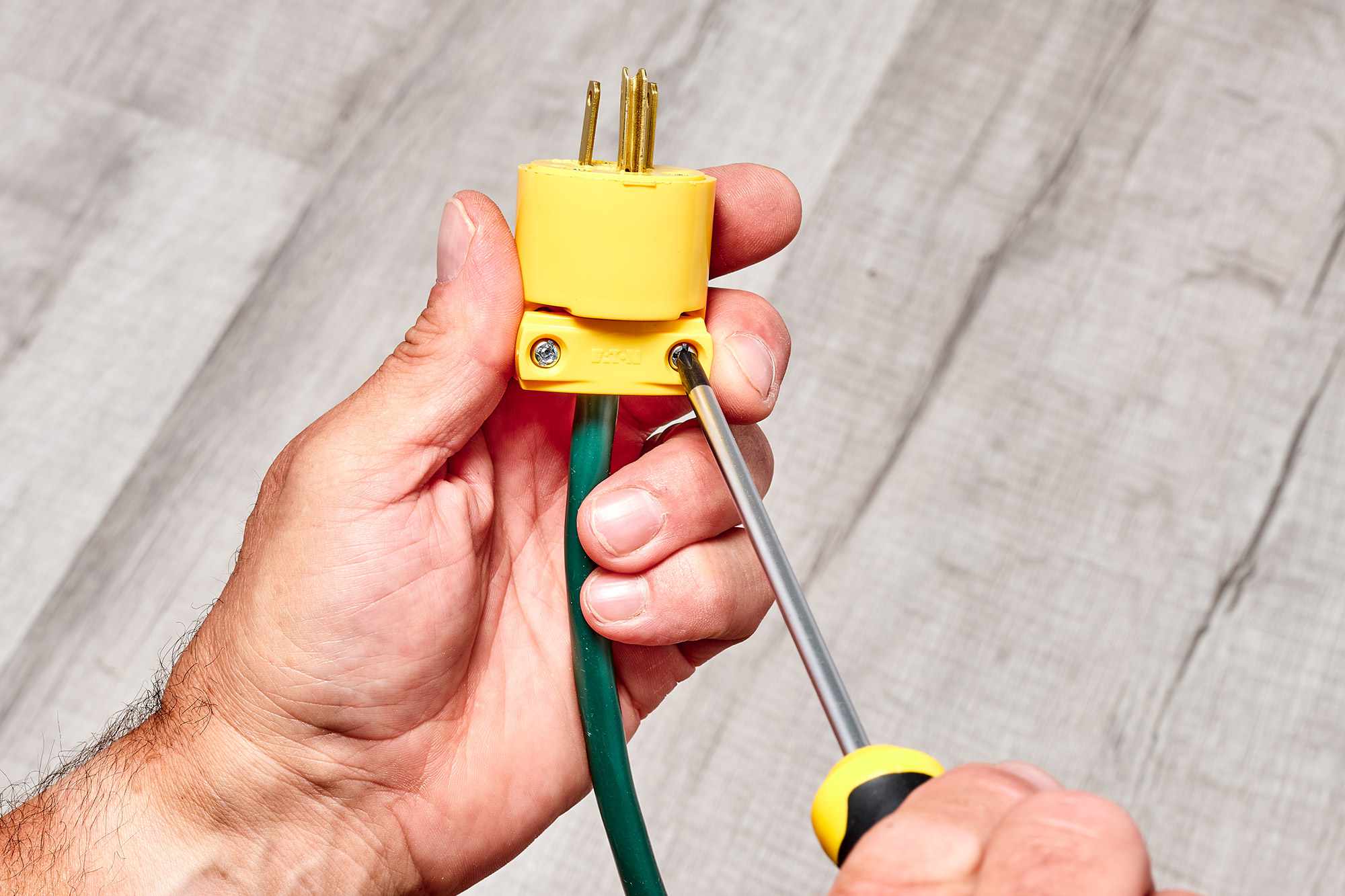
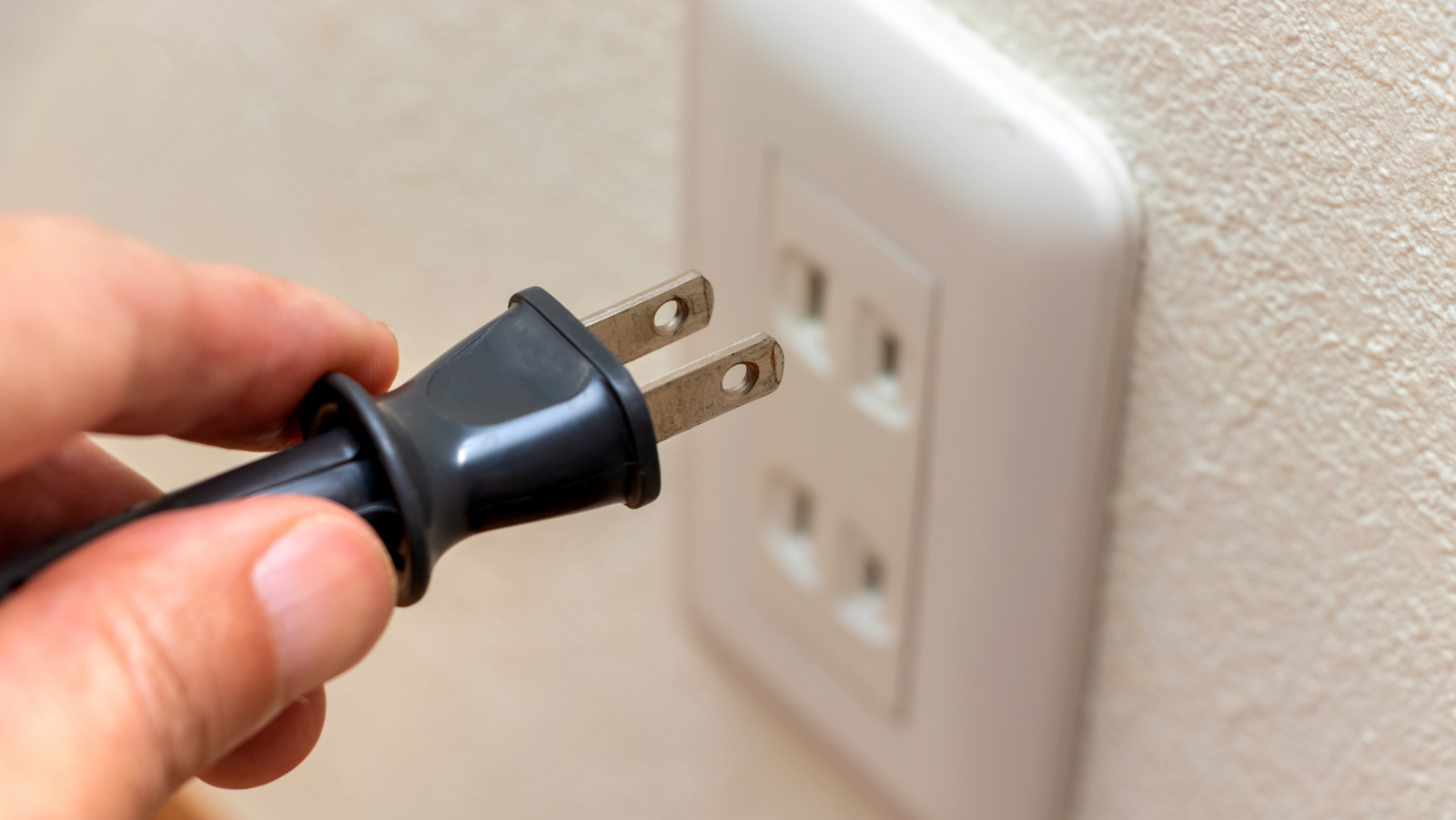
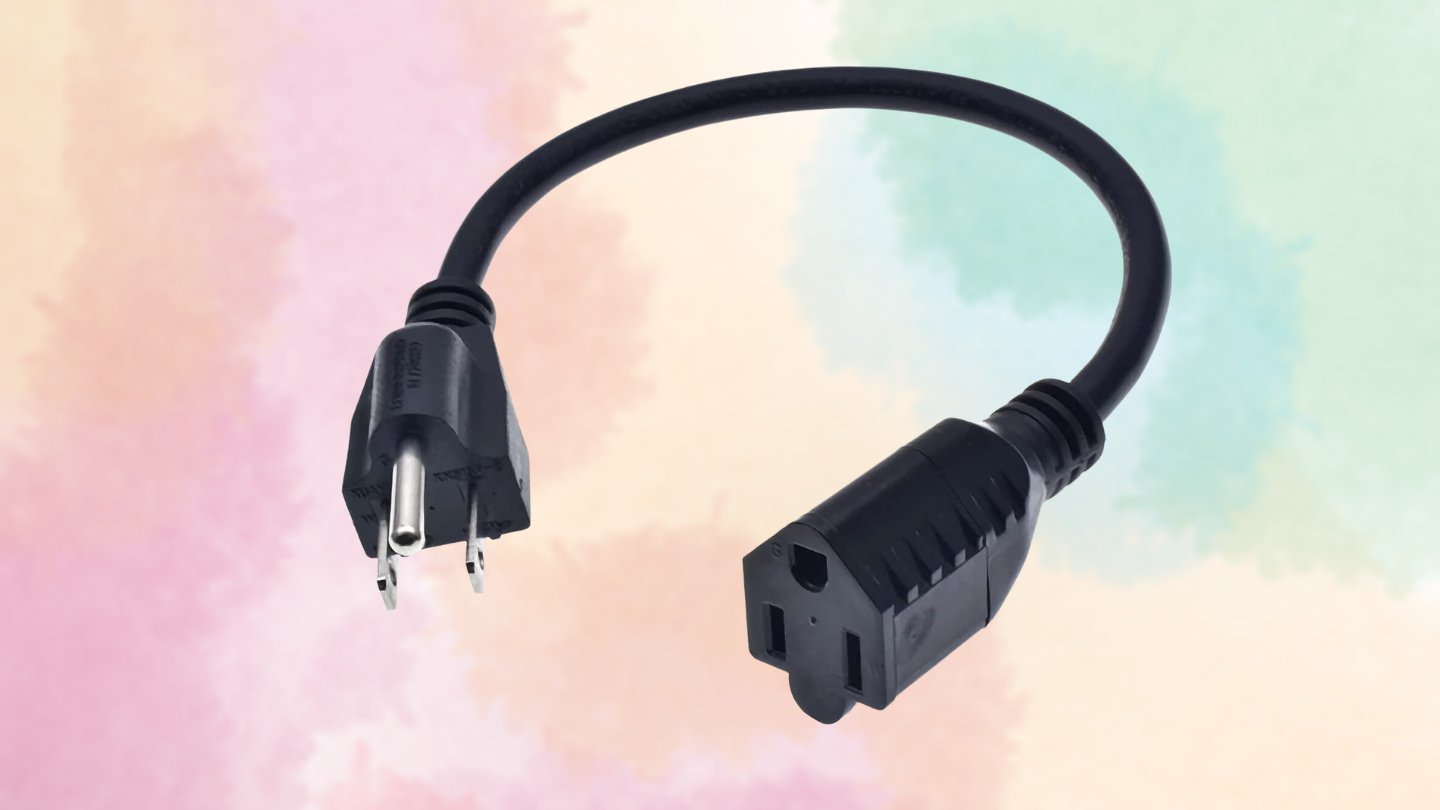
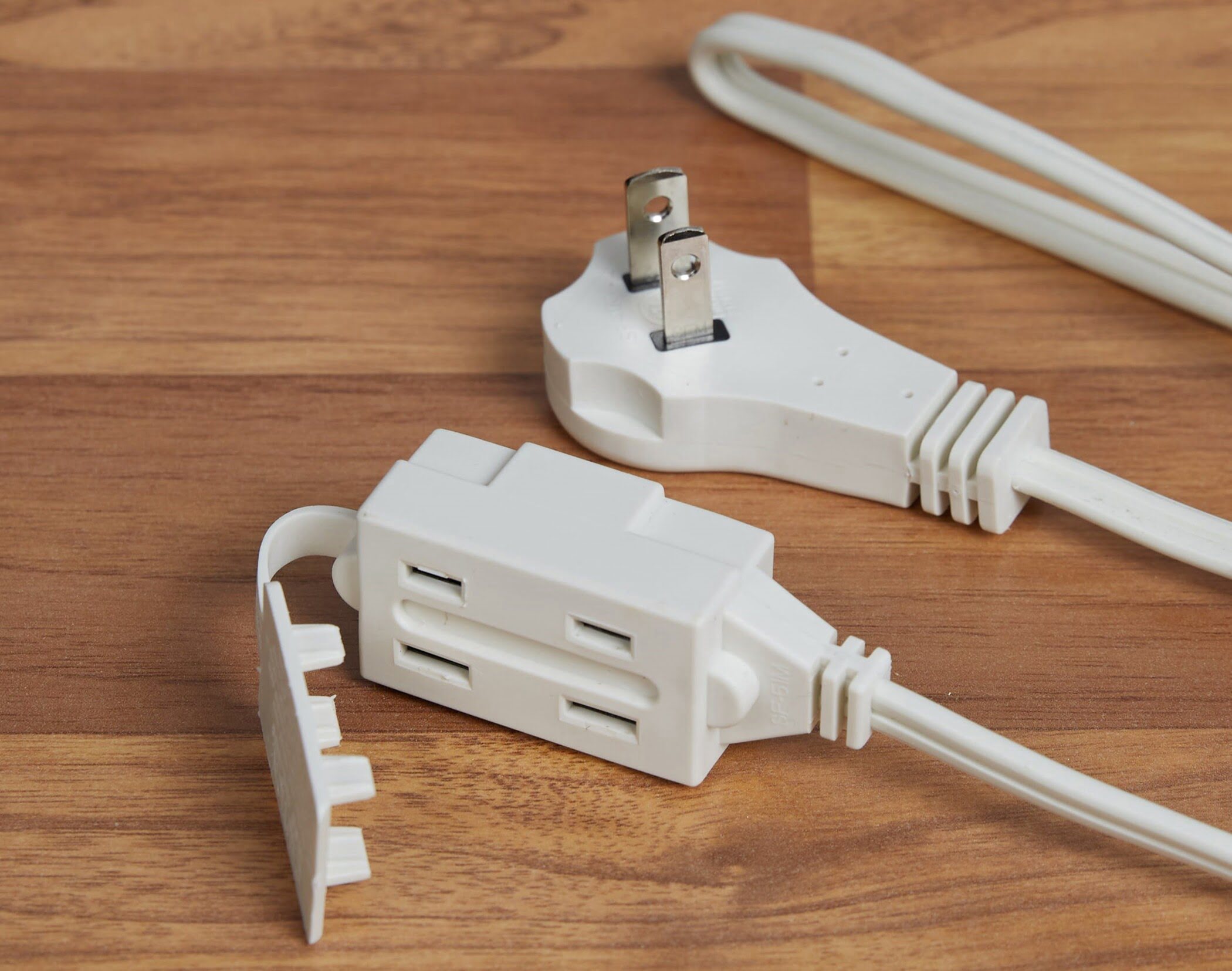
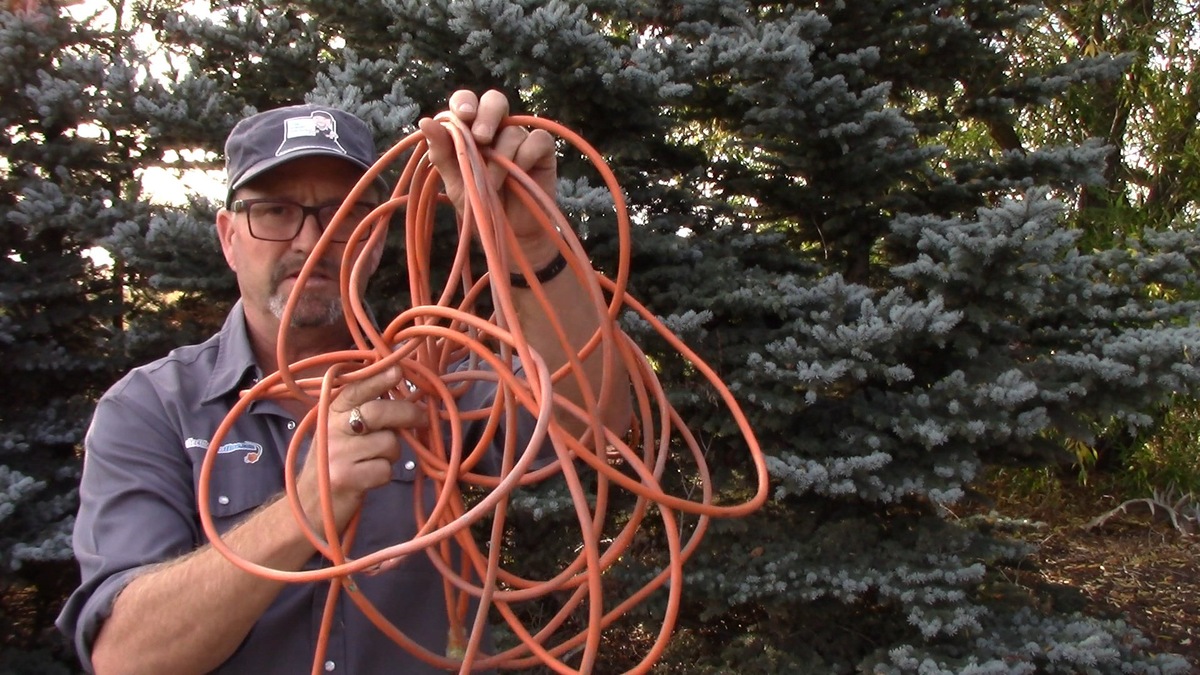
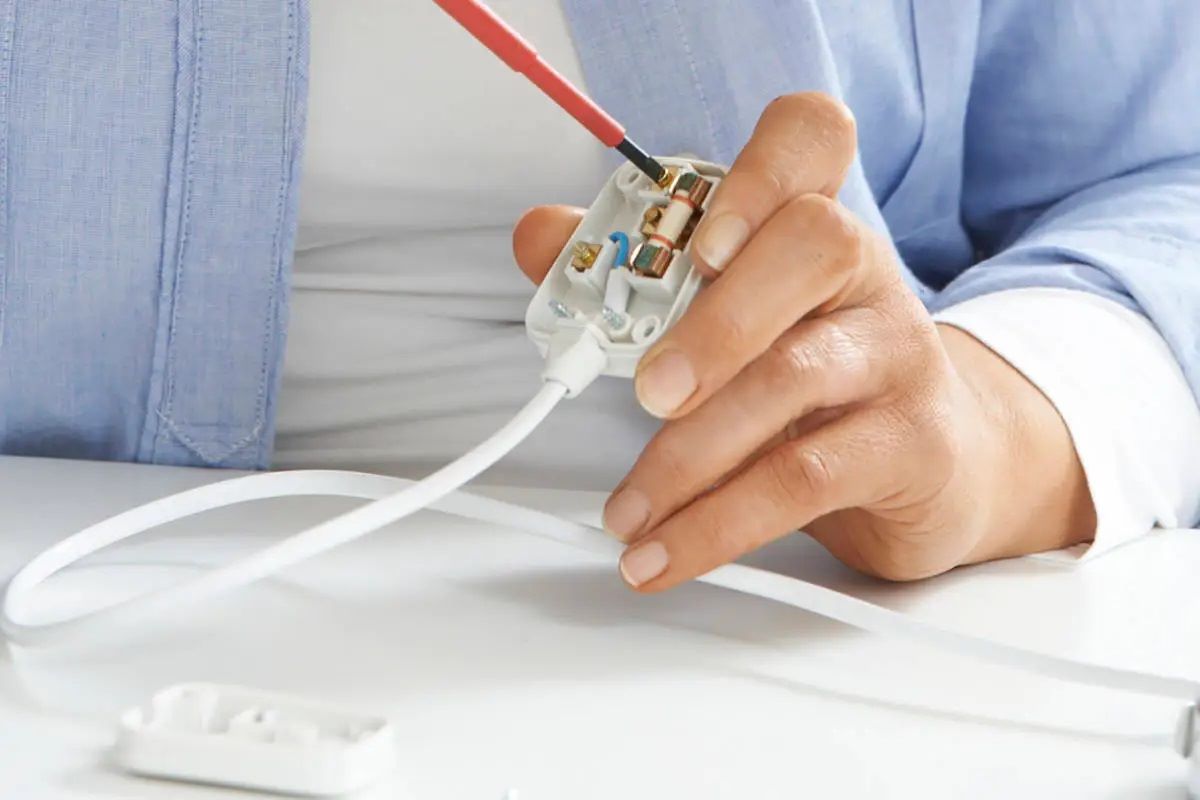
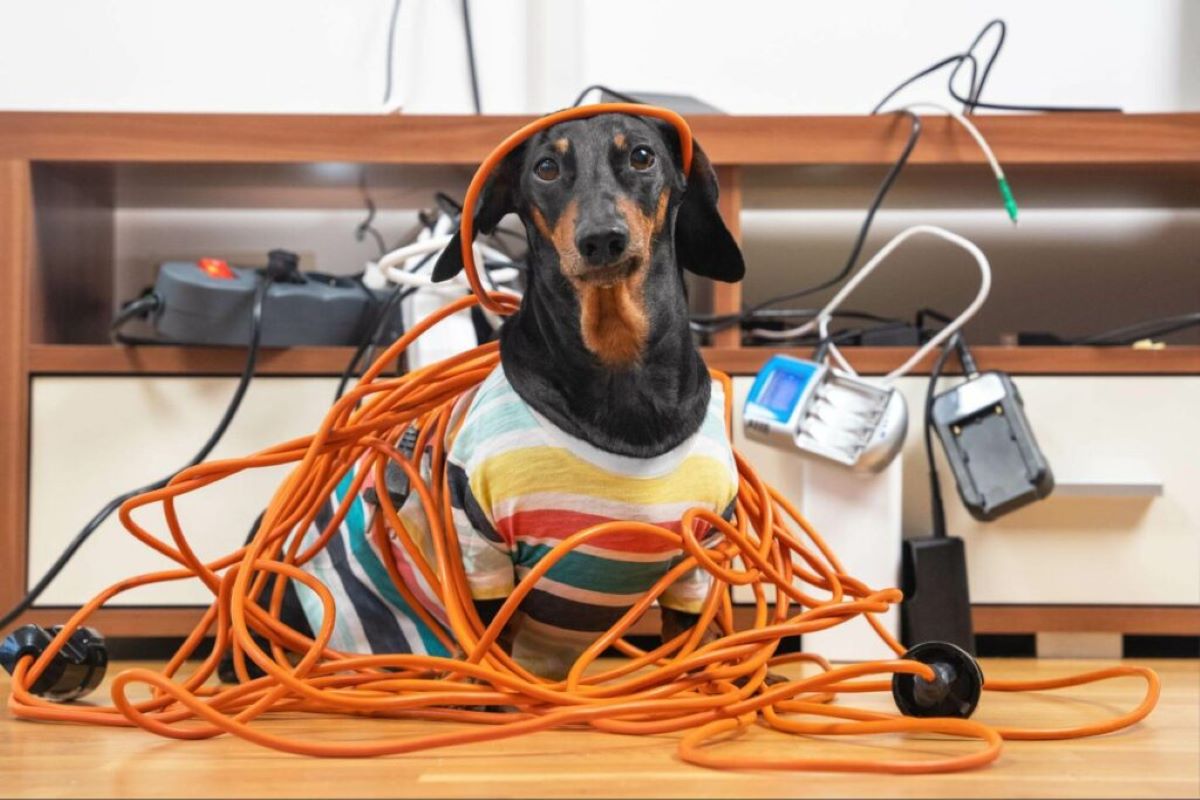
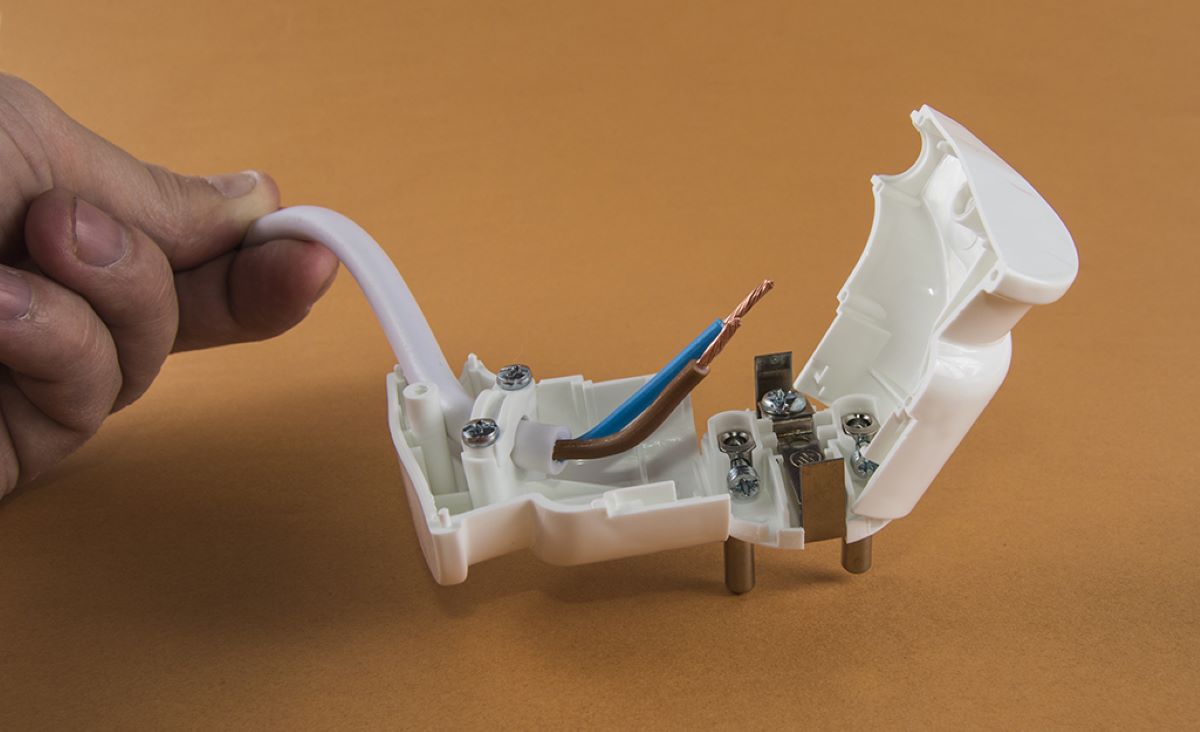
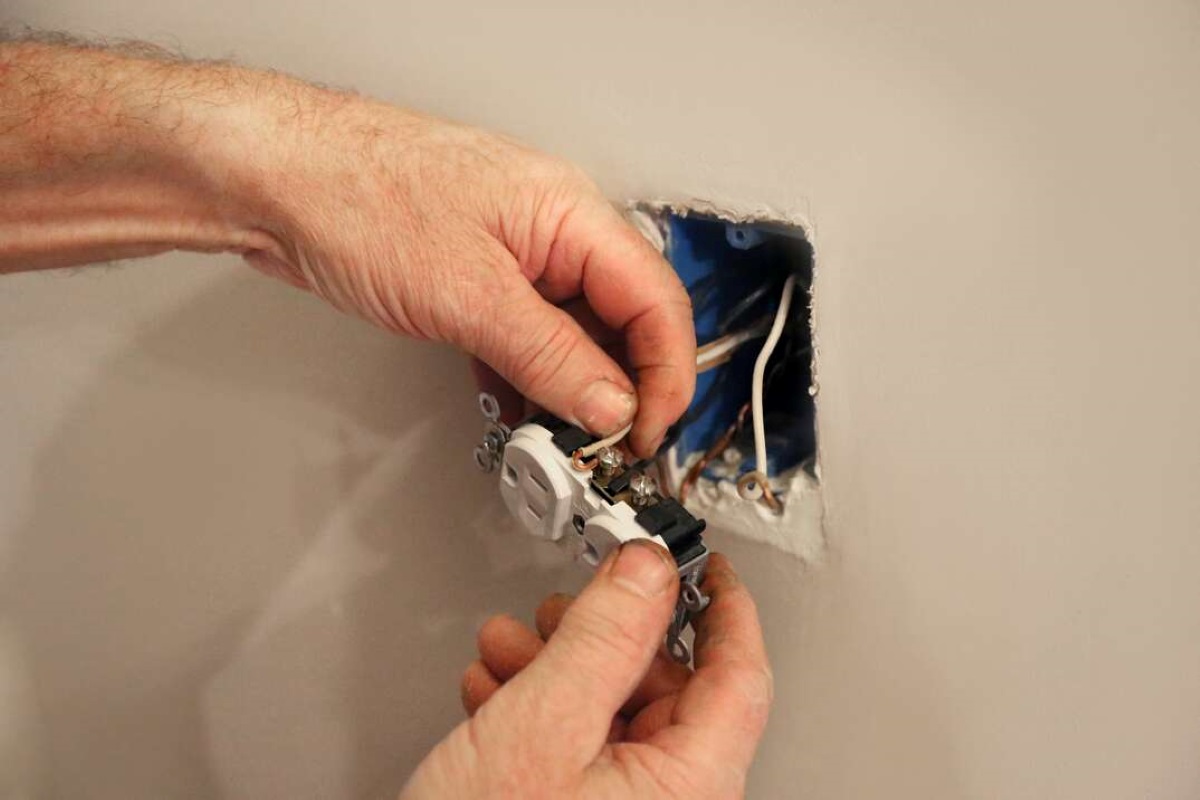
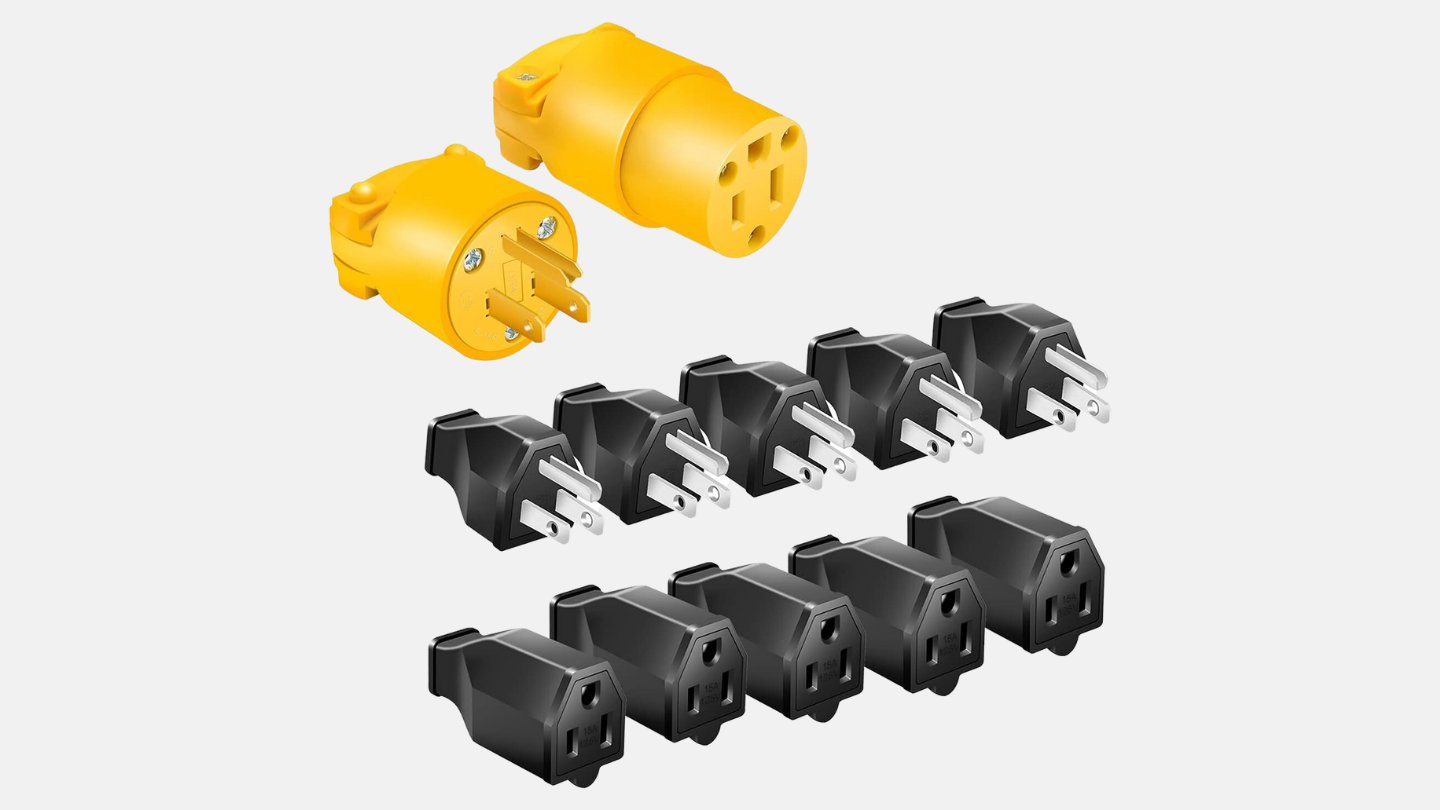
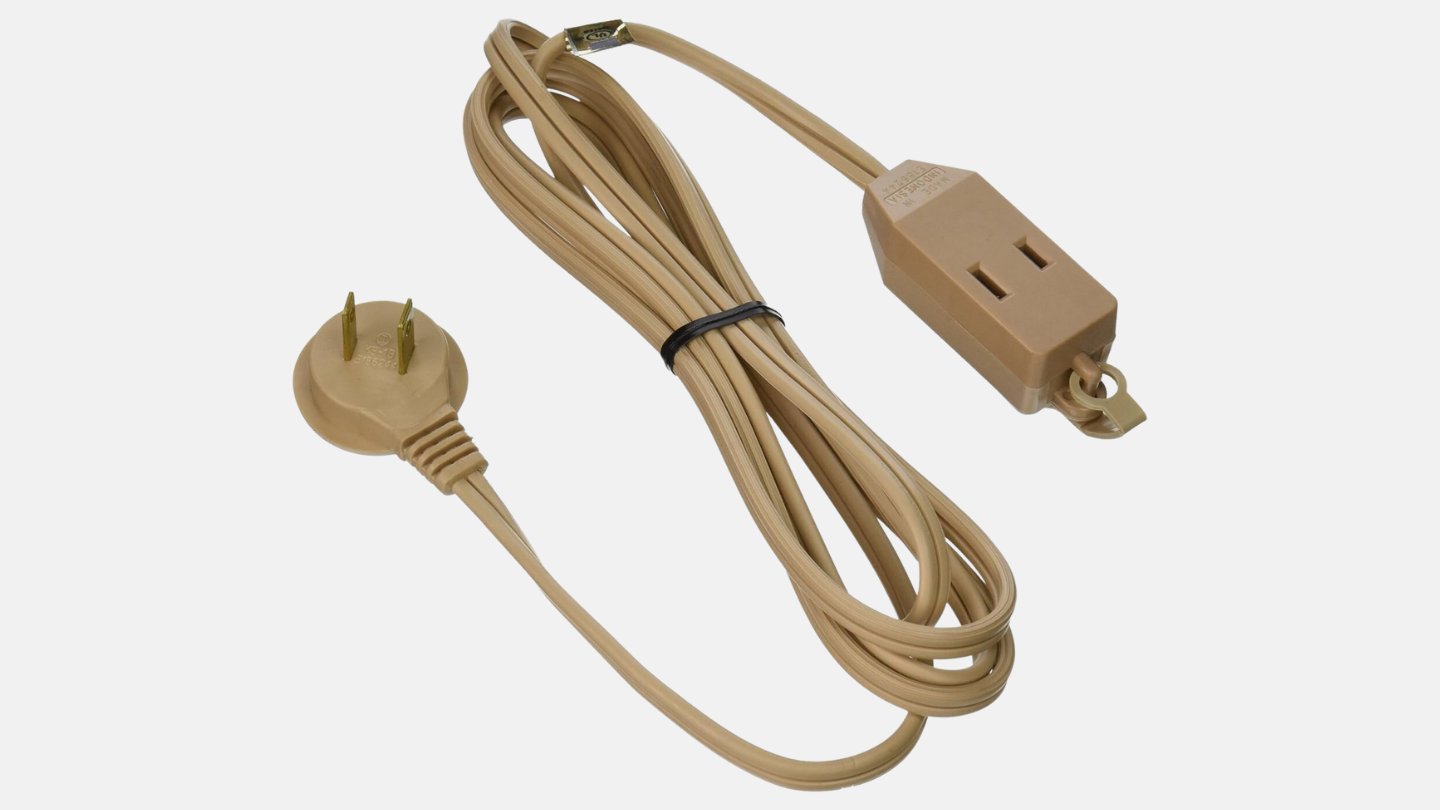

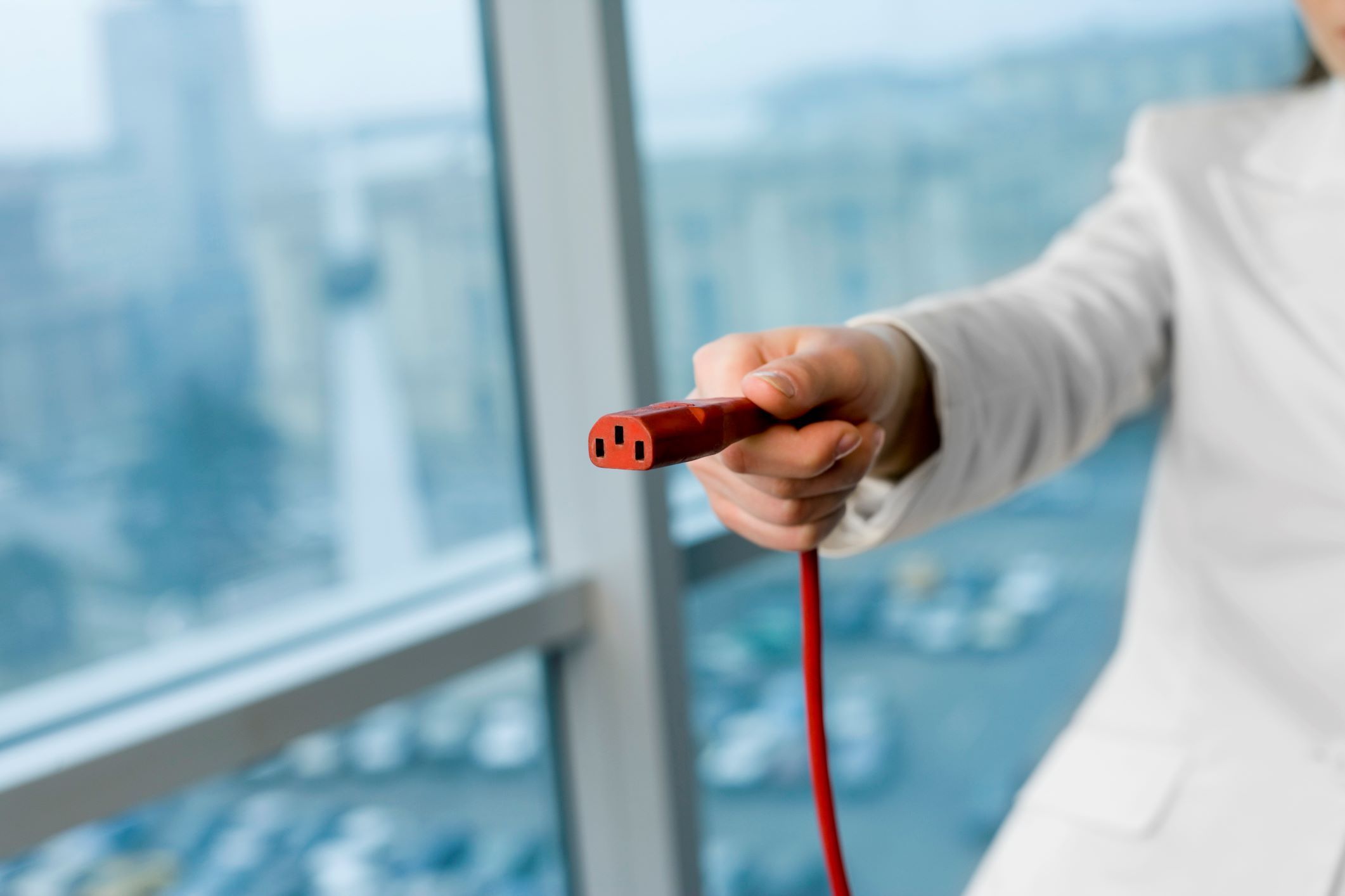
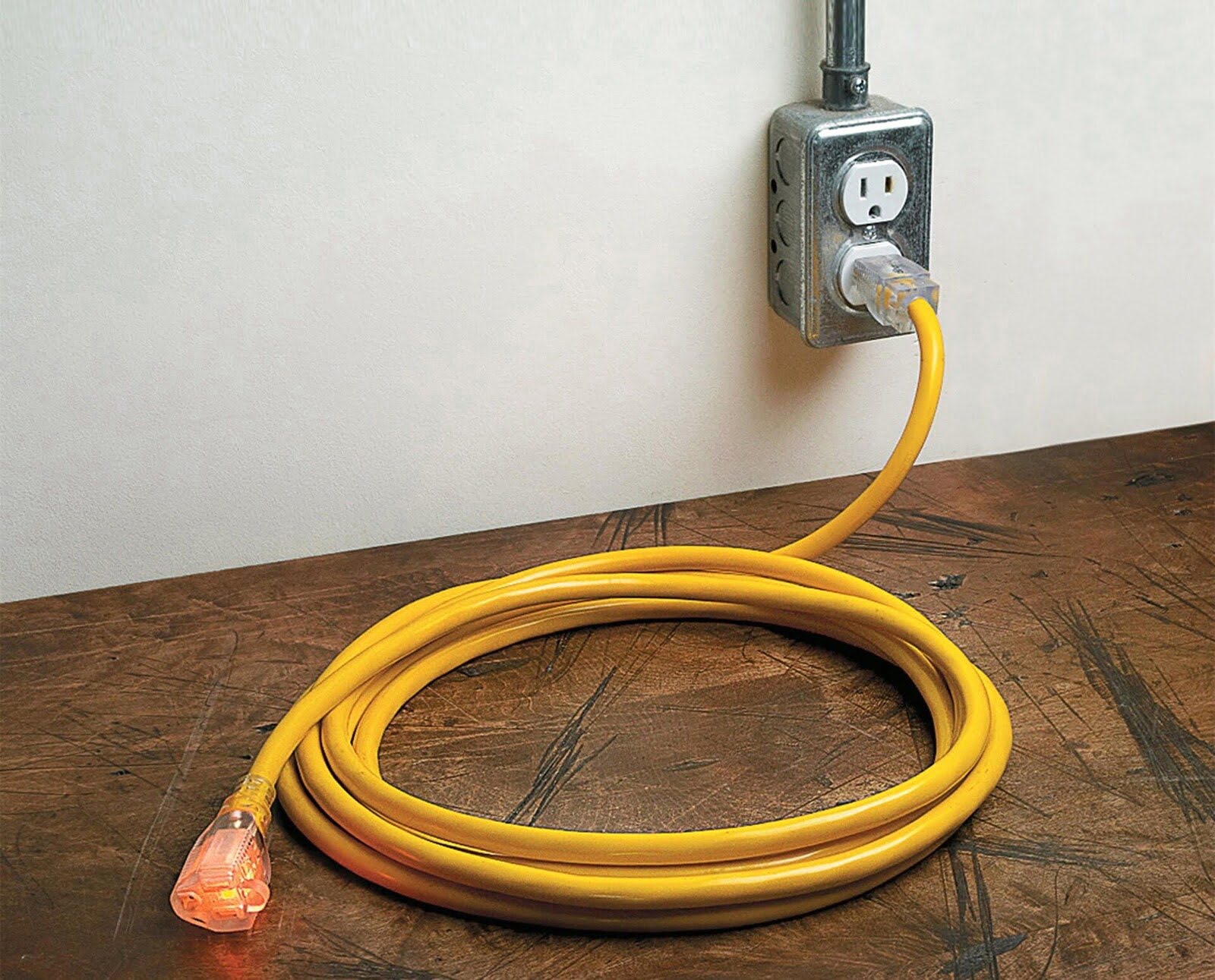

0 thoughts on “What Happens If You Plug An Extension Cord Into Another Extension Cord”